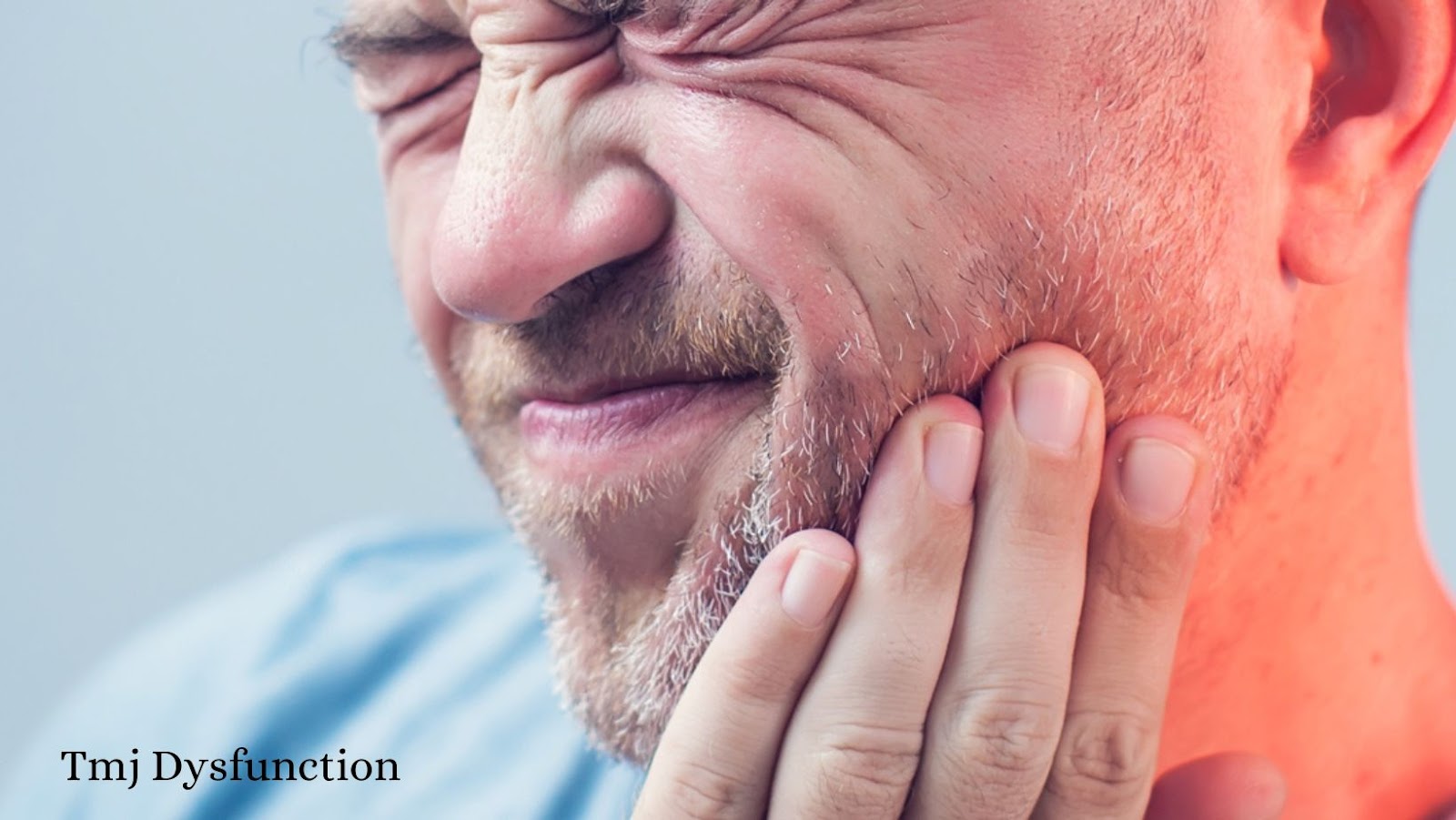The Use of Botox in the Treatment of TMJ Disorder
.jpg)
The temporomandibular joint (TMJ) connects the jawbone to the skull. When the TMJ does not function properly, it can cause unbearable pain and discomfort in your jaw and the muscles that control jaw movement. This condition is known as TMJ disorder . Nowadays, several treatment options are available in which Botox injections are a relatively new way of treating TMJ disorder. Unlike other treatments, the results of Botox injection are far more promising. What Are The Common Tmj Symptoms? Every person experiences unique symptoms and certain cases respond well to only one treatment. Some of the most seen TMJ symptoms include: Sharp jaw pain Facial swelling Headaches Clicking noise in the jaw A locked jaw and sudden pain in the jaw are the most severe TMJ symptoms. If any individual faces the above-mentioned symptoms for a couple of days, they need to visit a dentist as soon as possible. How Does Botox For Tmj Work? Botulinum Toxin Injections, commonly known as Botox, is ...

